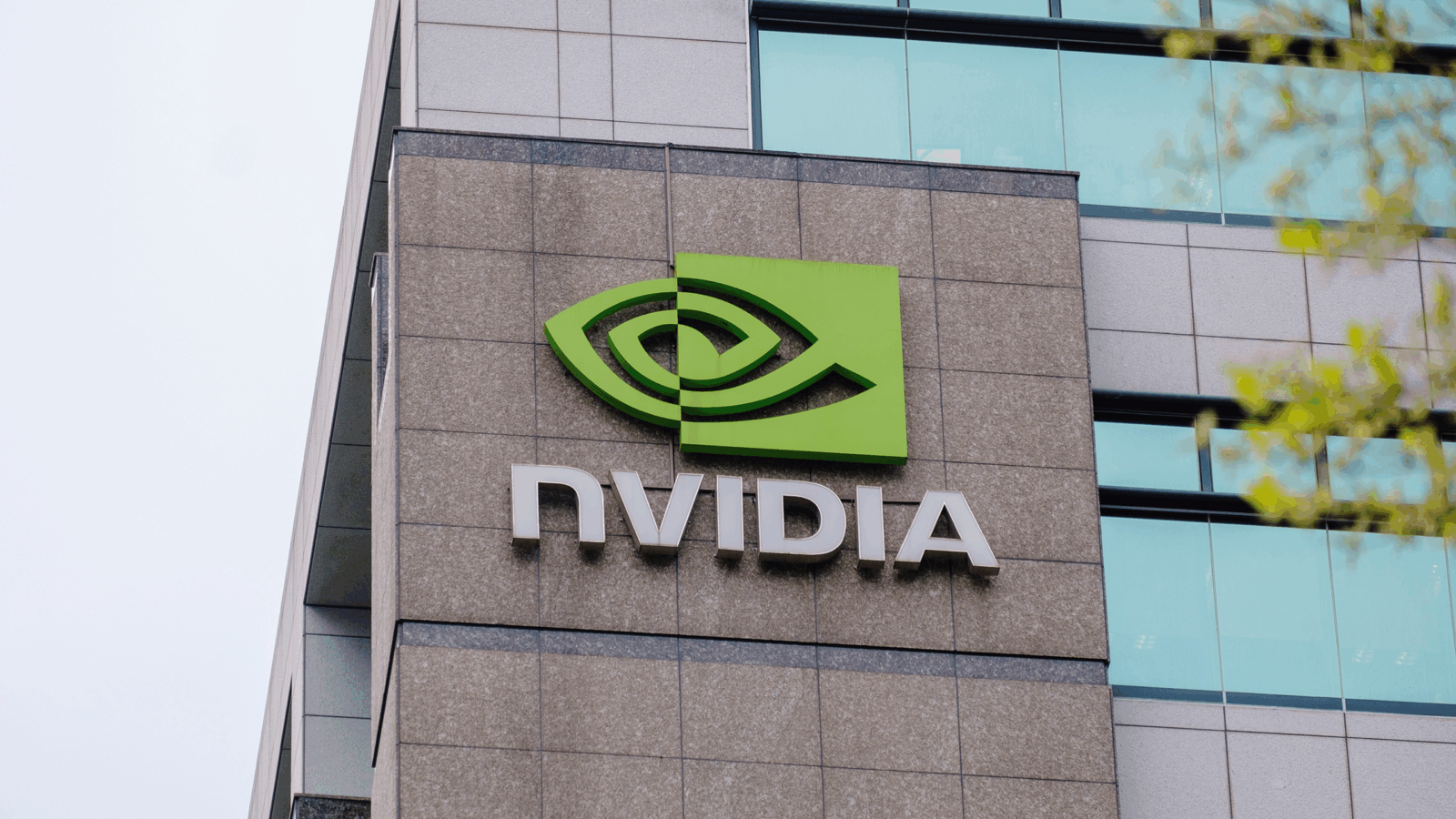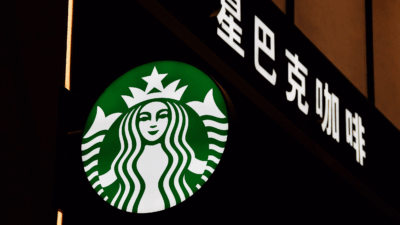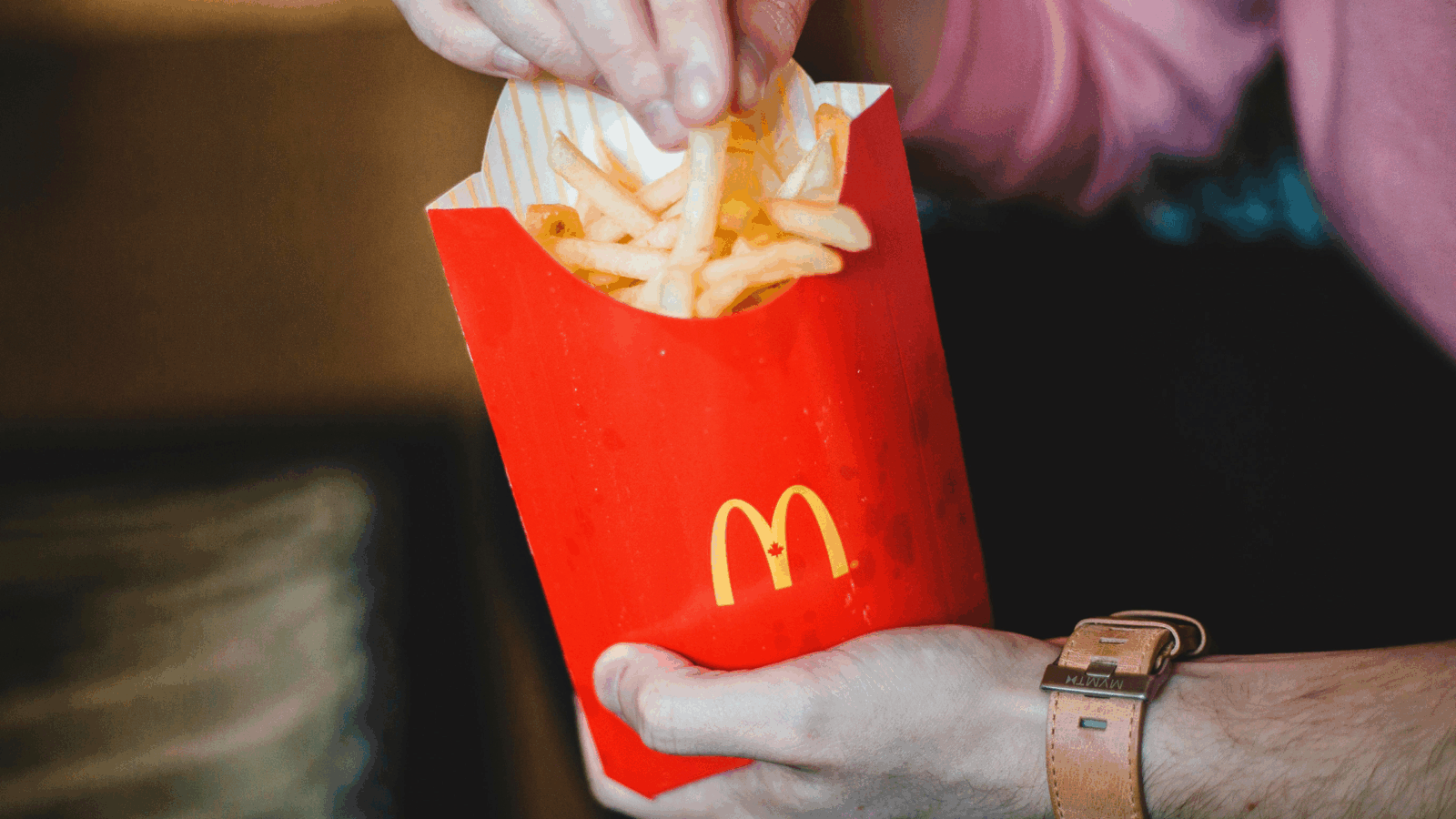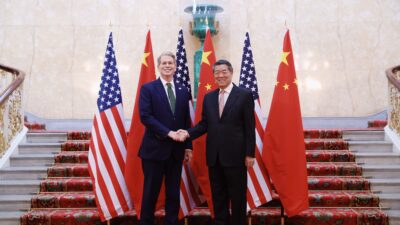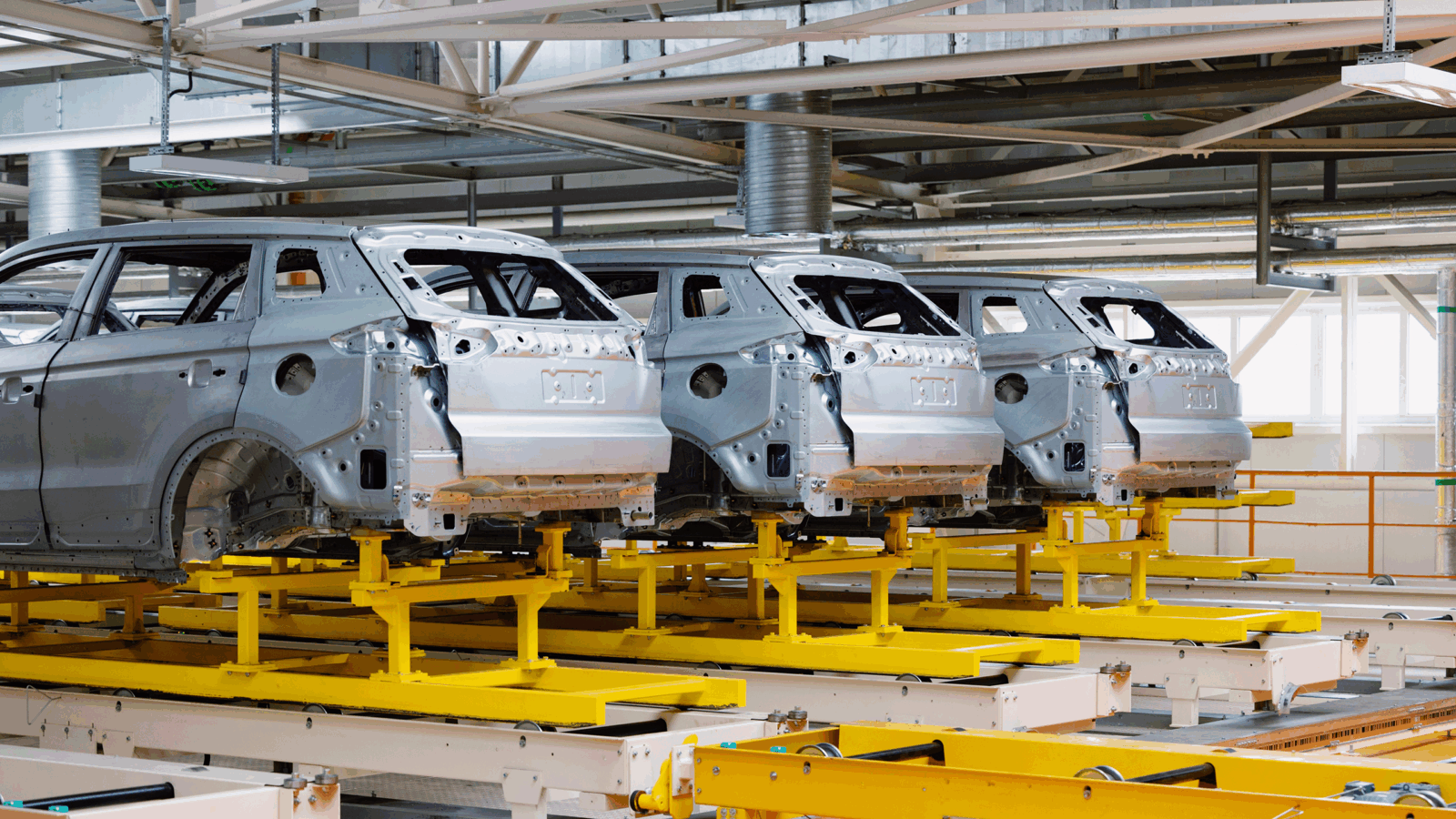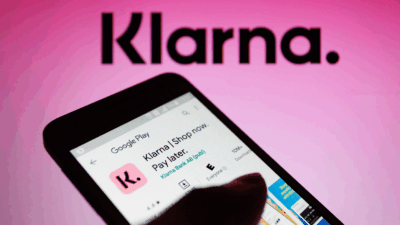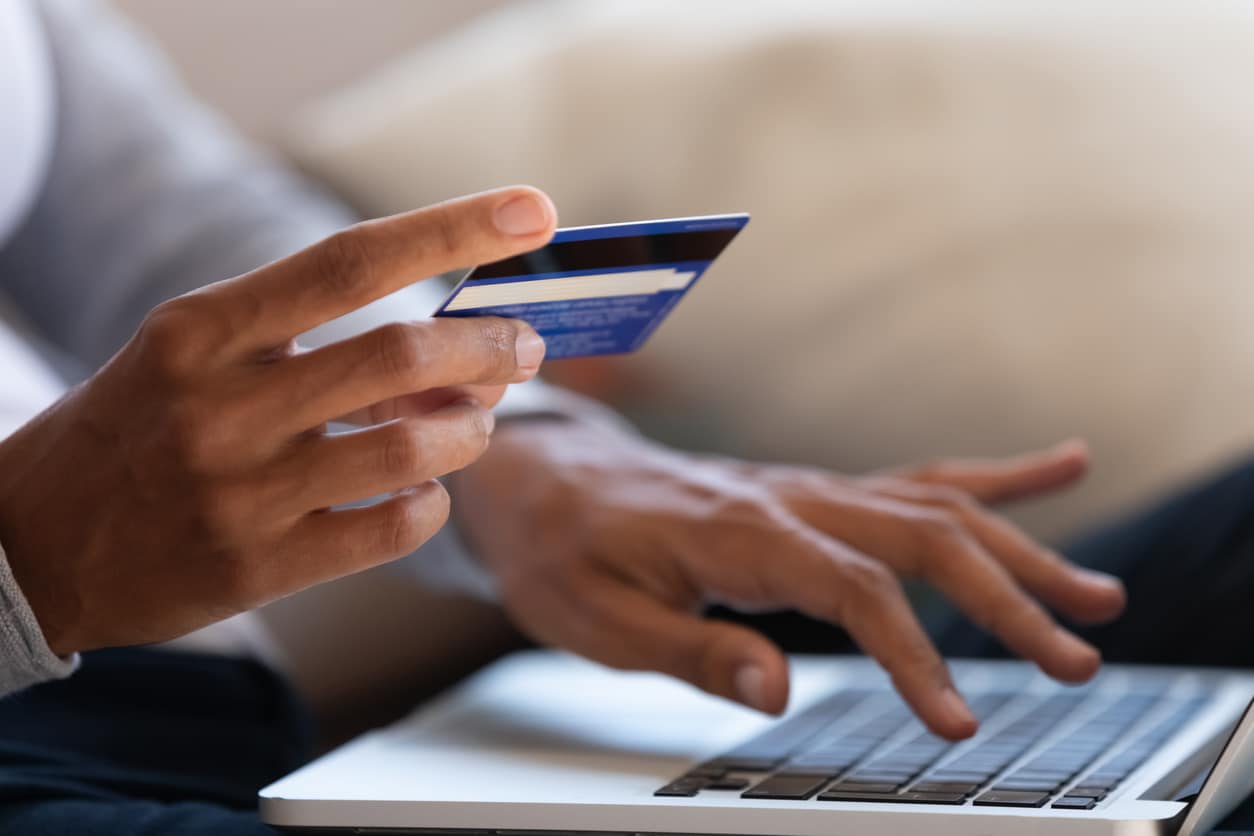
Sign up for smart news, insights, and analysis on the biggest financial stories of the day.
As if biometric payments weren’t controversial enough, this one wants you to work up the gall to wave at the checkout.
On Tuesday, Mastercard launched a pilot payments program that lets customers pay in stores by showing the palm of their hand or their face.
Recognize This
Mastercard’s “Wave to Pay” program will launch this week at five supermarkets in Brazil run by São Paulo-based St Marche. Using facial-recognition software from Japan’s NEC, Brazil’s Payface, and California’s PopID, the service requires customers to voluntarily enroll, but nevertheless enters an emerging segment fraught with concerns about regulation and consumer rights.
According to Juniper Research, the number of people using facial-recognition technology to make a payment will grow to 1.4 billion by 2025, more than twice the 671 million from 2020. At the same time, the adoption of biometric-based payments has faced notable resistance, and even major exits:
- US Senators Bill Cassidy, Amy Klobuchar, and Jon Ossoff petitioned Amazon last fall to reveal what the company does with the data collected by its Amazon One palm-print payment system. The service launched at a dozen Amazon Go stores last year; the company plans to expand it to Whole Foods locations.
- Last year, Facebook shut down its facial-recognition system, which had data on 1 billion users, citing regulatory uncertainty. In 2020, the social network paid a $650 million settlement to over 1.4 million Illinois residents over claims it broke state privacy laws by harvesting biometric data without first asking people for permission. Microsoft shut down its own facial-recognition database containing 10 million images of some 100,000 people in 2019.
“All the research that we’ve done has told us that consumers love biometrics,” Ajay Bhalla, cyber and intelligence president at Mastercard, told CNBC. “They want making a payment at a store to be as convenient as opening their phone.”
Can It Recognize a Raised Eyebrow? While over 495 million people in China — roughly a third of the population — used facial-recognition technology last year, a study by Nielsen Norman Group found holdouts remain skeptical about security. Last October, the European Parliament passed a nonbinding resolution supporting a ban on the creation of private facial-recognition databases.
